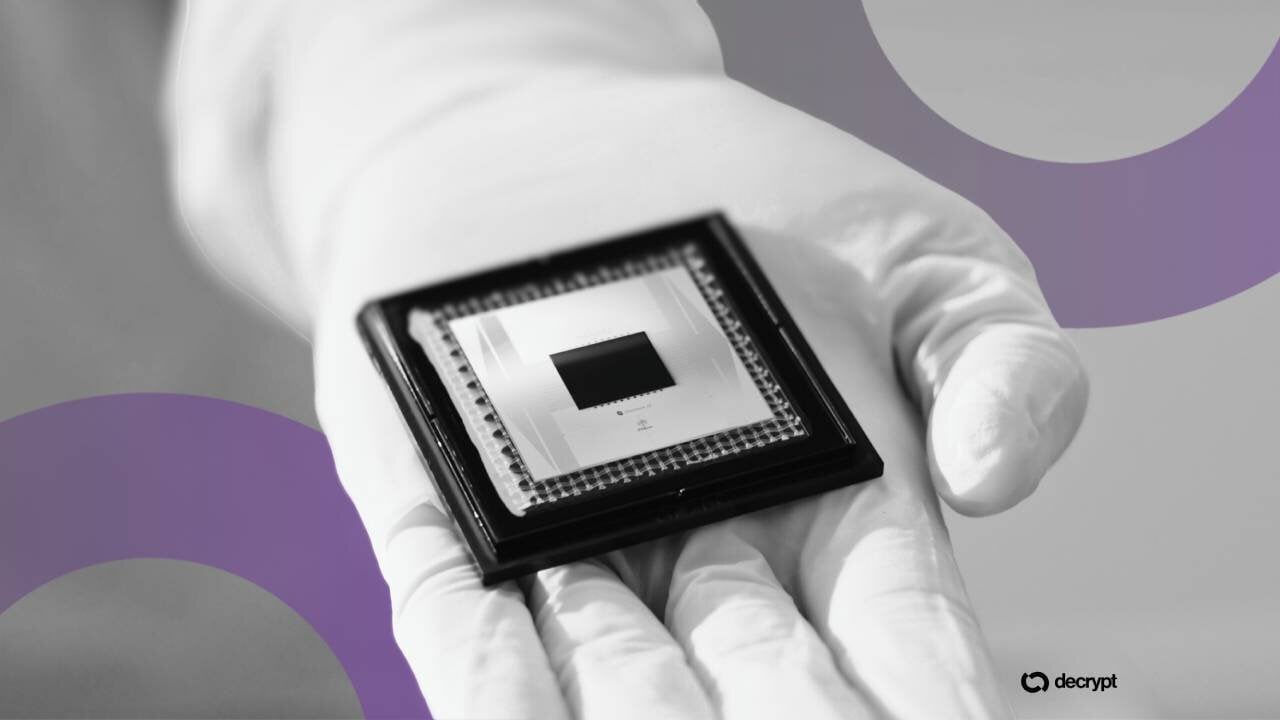Avalanche Expands In Asia — Japan’s Biggest Card Processor Joins The Network
TIS Inc., Japan’s largest payments processor, has moved into tokenized finance by launching a Multi-Token Platform on Avalanche’s AvaCloud, according to company announcements and industry reports.
The platform is built to support stablecoins, tokenized deposits and digital securities for banks and large firms. This is a step that could change how some institutional payments settle inside Japan.
TIS Brings Existing Scale To Tokens
According to filings and company material, TIS’s PayCierge system now handles more than ¥300 trillion in annual B2C payments. That figure could top ¥1,000 trillion if more B2B and payroll flows move on-chain, based on the firm’s internal forecasts.
TIS is not small: it handles nearly half of domestic credit card processing and supports more than 80% of branded debit accounts.
Reports show 11 of Japan’s leading 25 credit card issuers use TIS systems, which together serve nearly 200 million customers. Those ties give the new token platform a ready set of potential partners.
Why The Cloud Chain Was Chosen
Reports have disclosed that TIS opted to use AvaCloud so it can deploy blockchains without building and running its own infrastructure.
AvaCloud is described as offering automated scaling, real-time governance features and the reliability needed for regulated finance.
Avalanche’s fast finality and cross-chain tools were cited as reasons TIS can aim for real-time, programmable settlement between institutions.
The move means responsibility for the underlying cloud and node operations will be shared with the Avalanche service.
Links To Yen Stablecoins And Reserve ModelsJPYC has put forward what it calls the first fully redeemable yen-backed stablecoin, claiming backing from domestic deposits and Japanese government bonds (JGBs).
JPYC has said it charges no transaction fees and that it earns revenue from JGB interest. That kind of model is one of the examples of how tokenized yen instruments might be structured on platforms such as TIS’s.
Banks and corporations may be able to run tokenized deposits or securities on the Multi-Token Platform if they join pilots or production programs.
That said, adoption will require clear rules about backing, custody and how tokens are redeemed into yen. Some of these details are being discussed now between issuers, service providers and market observers.
Deployment has already begun in production, according to the announcements, but broad use will take time.
Featured image from Yellow, chart from TradingView
You May Also Like

Ethereum Set to Debut ‘Key to Layer-2 Scaling’ as Fusaka Upgrade Clears Final Test

IBM’s Quantum ‘Cat’ Roars: 120-Qubit Breakthrough Pushes Bitcoin’s Encryption Risk Closer
